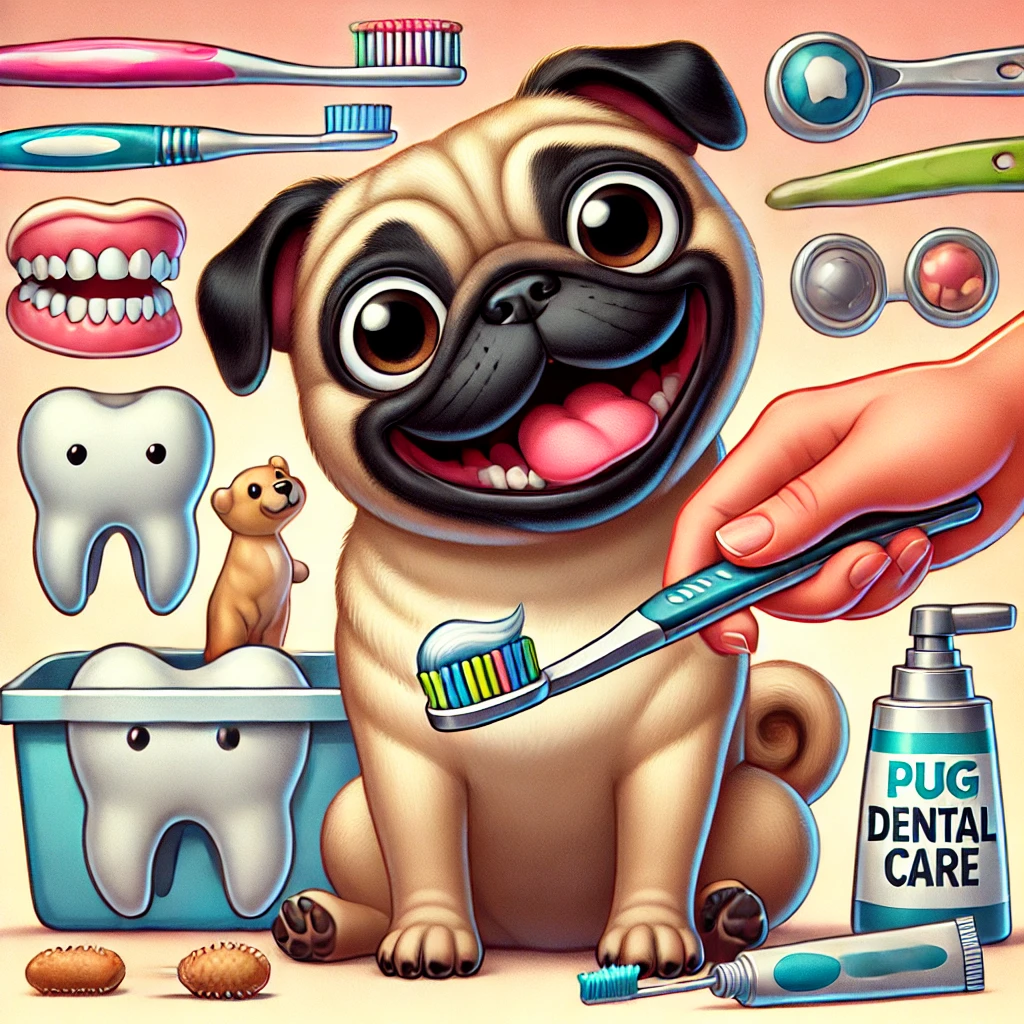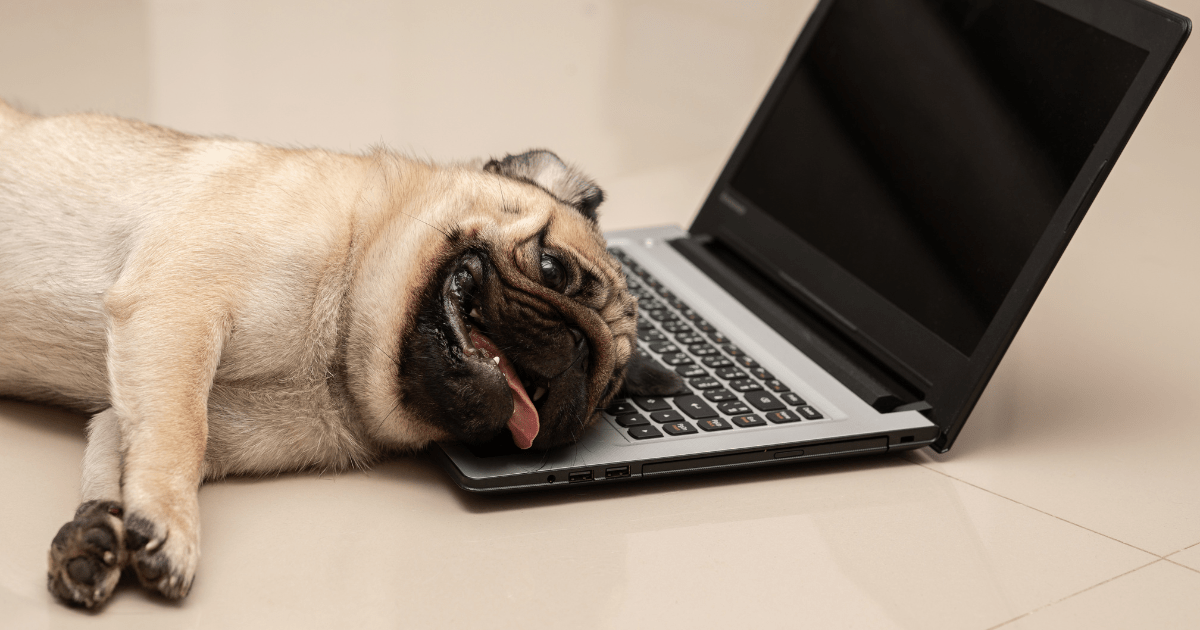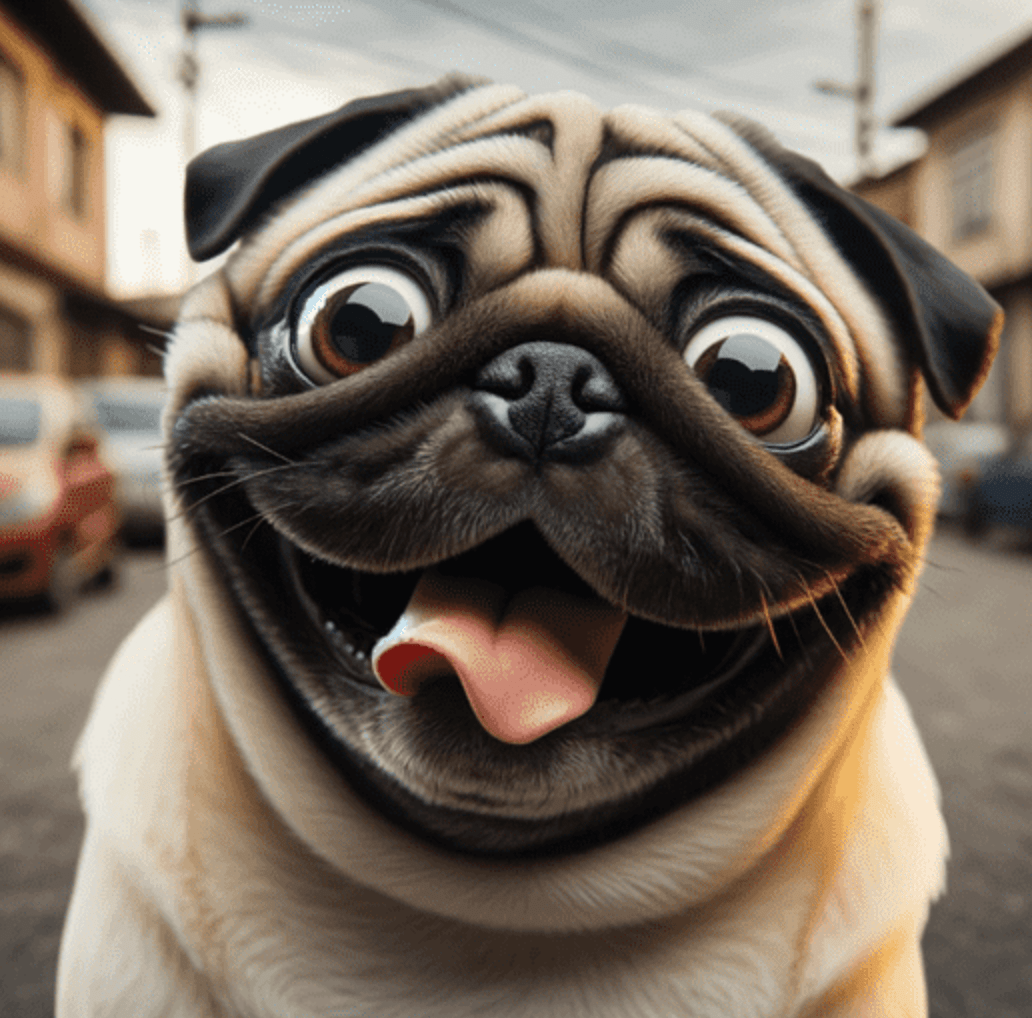Why Pug Behavior Training is Important
Pugs, with their affectionate and playful nature, are known for being wonderful companions. However, like any breed, pugs come with their own set of behavioral quirks. From their stubborn streaks to occasional bursts of hyperactivity, it’s important for pug owners to understand that behavior training is essential to building a happy and well-behaved dog. Behavior training goes beyond teaching simple commands like “sit” or “stay.” It addresses the root causes of behavioral issues like barking, separation anxiety, and aggression, helping your pug become a well-adjusted member of the family.
Understanding your pug’s unique behaviors will not only strengthen your bond but also prevent common problems from escalating into long-term issues. Without proper training, pugs may become too dependent on their owners, exhibit problem behaviors such as resource guarding, or struggle with socialization. By implementing behavior training techniques early on, pug owners can ensure that their dog grows into a confident, obedient, and happy companion.
This guide will explore various aspects of behavior training tailored specifically for pugs. Whether you’re dealing with a stubborn pug, excessive barking, or difficulties in socializing, this comprehensive guide will offer solutions and techniques to help you address these issues.
Understanding Pug Behavior
Pugs are unique in both appearance and personality. Their quirky behaviors often leave their owners puzzled and sometimes even frustrated. However, understanding why pugs behave the way they do is the first step toward addressing common behavior problems. Pugs have a reputation for being affectionate, but they can also be stubborn, sensitive, and easily excitable.
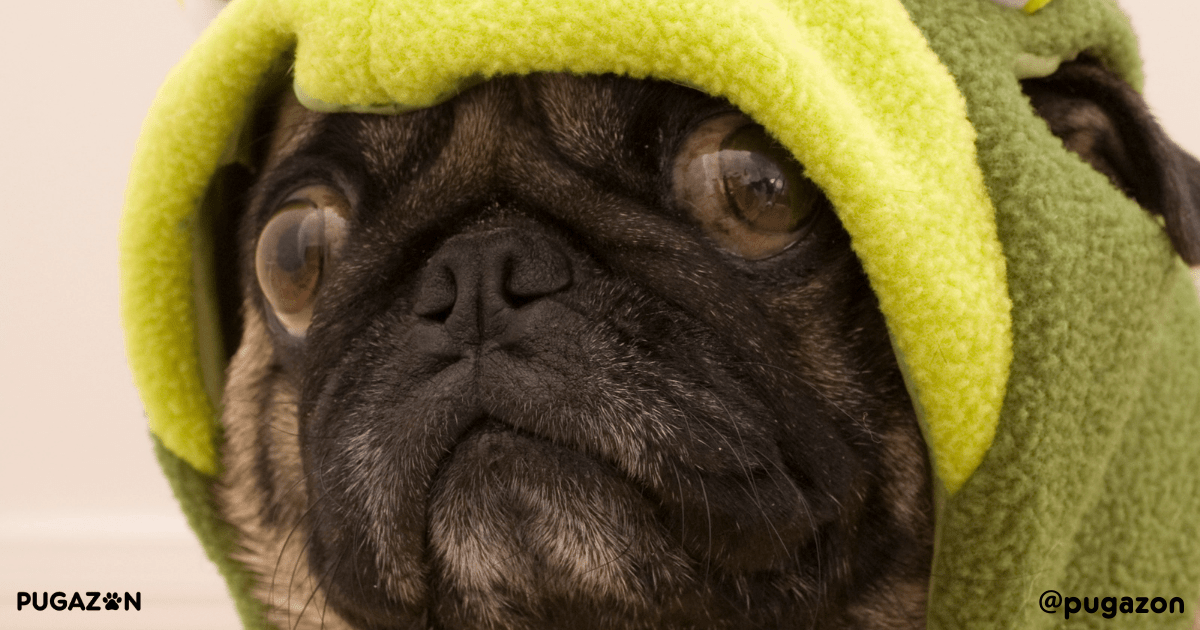
The Importance of Social Companionship
Pugs are known for being “velcro dogs,” which means they thrive on companionship and tend to follow their owners everywhere. While this trait makes them incredibly loyal, it can also lead to separation anxiety if not managed correctly.
- Behavior Insight: Pugs are highly social animals and crave constant interaction with their family members. If left alone for too long, they may exhibit signs of distress such as whining, barking, or destructive behaviors. It’s important to establish boundaries early on to prevent separation anxiety.
Playful Yet Stubborn
Pugs are naturally playful, but they can also be quite stubborn. This stubbornness often manifests during training sessions when a pug decides they’d rather play or relax than follow commands. Understanding that this behavior isn’t due to a lack of intelligence, but rather a desire to do things on their own terms, is key to successfully training them.
- Behavior Insight: Pugs may resist certain commands if they don’t see an immediate benefit, such as a treat or praise. Using positive reinforcement is crucial for keeping your pug motivated and engaged in training.
Sensitivity to Environment and Routine
Pugs are sensitive dogs that thrive in stable environments. Changes in routine, loud noises, or new surroundings can cause anxiety, leading to behaviors such as barking or hiding.
- Behavior Insight: Keeping a consistent daily routine and introducing new environments slowly can help your pug feel more secure. Training them in calm, familiar settings will also help them focus better.
Addressing Separation Anxiety in Pugs
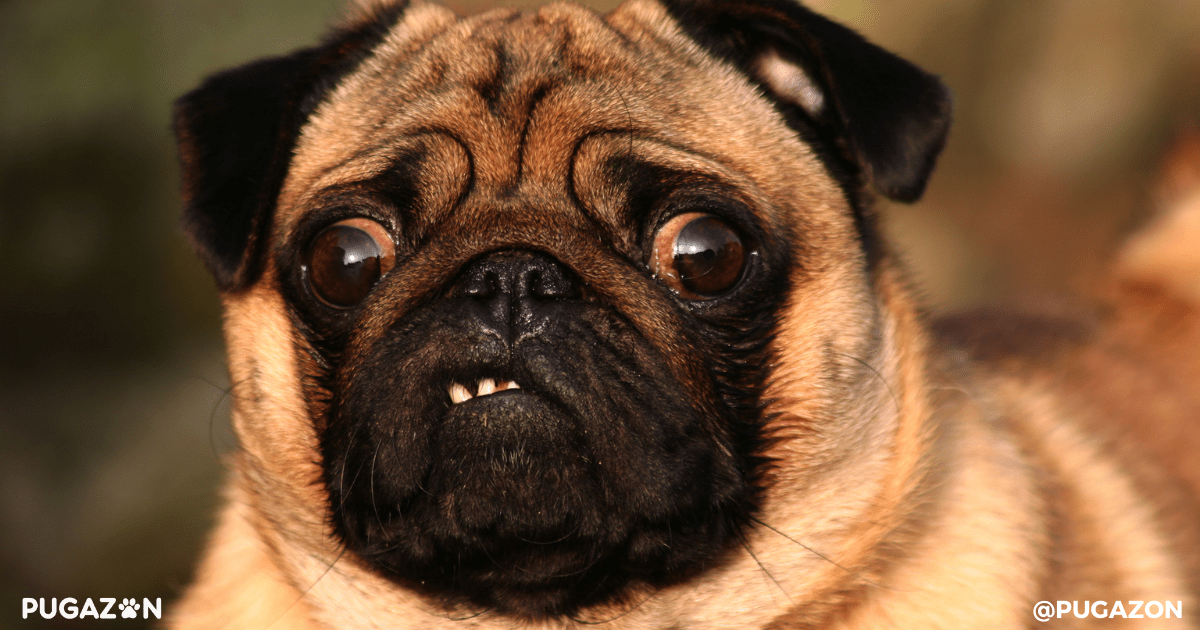
Separation anxiety is one of the most common behavioral issues in pugs. Given their strong attachment to their owners, pugs may feel distressed when left alone, even for short periods. This anxiety can lead to destructive behavior, excessive barking, or even physical distress. Thankfully, separation anxiety can be managed through behavior modification and training.
Recognizing the Signs of Separation Anxiety
Pugs may exhibit various behaviors when suffering from separation anxiety. Common signs include whining or barking when you leave the house, following you from room to room, and becoming destructive (chewing on furniture or urinating indoors) when left alone.
- Tip: Monitor your pug’s behavior when you’re preparing to leave the house. If they become agitated or anxious, it may indicate separation anxiety. Addressing it early can prevent the behavior from escalating.
Gradual Desensitization
One of the most effective ways to manage separation anxiety is through gradual desensitization. This involves teaching your pug that your departure doesn’t signal abandonment. Start by leaving your pug alone for very short periods, then gradually increase the time as they become more comfortable.
- Step 1: Begin by leaving your pug alone for just a few minutes, then return without making a fuss. Gradually increase the duration over time.
- Step 2: Use interactive toys or puzzle feeders to keep your pug engaged while you’re away, making the time apart less stressful.
Creating a Safe, Comfortable Space
Designate a calm, comfortable area for your pug where they can feel safe when you’re not around. This could be their crate or a specific room where they have their bed and favorite toys.
- Tip: Make this space a positive environment by giving your pug treats or toys when they enter it. Over time, they’ll associate the space with comfort and relaxation, rather than being left alone.
Step | Solution |
Recognize signs of anxiety | Monitor behavior before leaving. |
Gradual desensitization | Slowly increase the time your pug spends alone. |
Create a comfortable space | Designate a safe zone for your pug when alone. |
Last update on 2025-02-11 / * Affiliate links / Image source: Amazon Product Advertising API
Correcting Excessive Barking
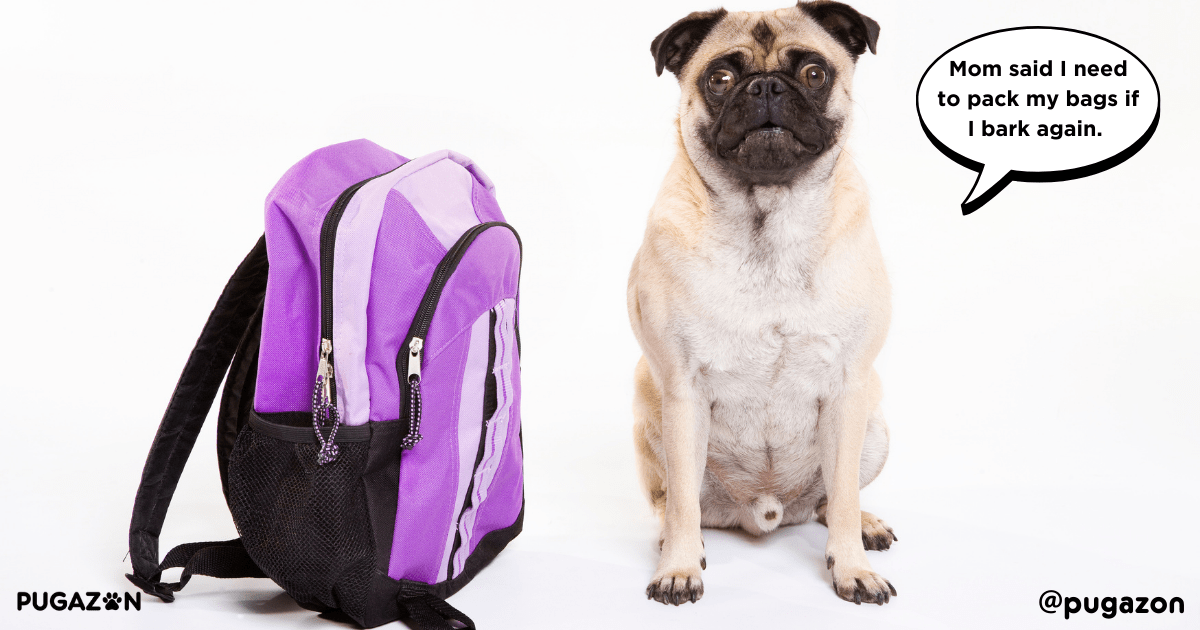
Excessive barking is a common issue for pug owners, and while barking is a natural form of communication for dogs, it can become problematic if left unchecked. Understanding the reasons behind your pug’s barking and using the right training techniques can help control this behavior.
Why Do Pugs Bark?
Pugs bark for various reasons, including excitement, fear, boredom, or attention-seeking. Identifying the root cause of the barking is essential to effectively curbing the behavior.
- Tip: Pay attention to when and why your pug barks. Is it when guests arrive, during playtime, or when left alone? Understanding the triggers will help you address the issue directly.
The “Quiet” Command
Teaching your pug the “quiet” command is an effective way to control excessive barking. Start by allowing your pug to bark once or twice, then say “quiet” in a calm but firm voice. When your pug stops barking, immediately reward them with a treat or praise.
- Step 1: Wait for your pug to start barking, then say “quiet” once they’ve barked a few times.
- Step 2: When they stop, reward them with a treat.
- Step 3: Repeat this process until your pug learns to stop barking on command.
Redirecting Attention
Sometimes, pugs bark because they’re bored or need attention. In these cases, it’s important to redirect their attention to a more appropriate activity, such as playing with a toy or engaging in a training session.
- Tip: Keep your pug mentally stimulated with puzzle toys or regular play sessions to prevent boredom-related barking.
Managing Anxiety-Related Barking
If your pug is barking due to anxiety (such as separation anxiety), it’s important to address the underlying cause of the anxiety rather than just stopping the barking.
- Tip: Use calming techniques like desensitization or crate training to reduce anxiety and the barking that comes with it.
Barking Cause | Solution |
Excitement or attention-seeking | Teach the “quiet” command and reward silence. |
Boredom | Redirect attention to toys or games. |
Anxiety-related barking | Address the root cause of anxiety. |
Handling Stubbornness in Pug Behavior Training
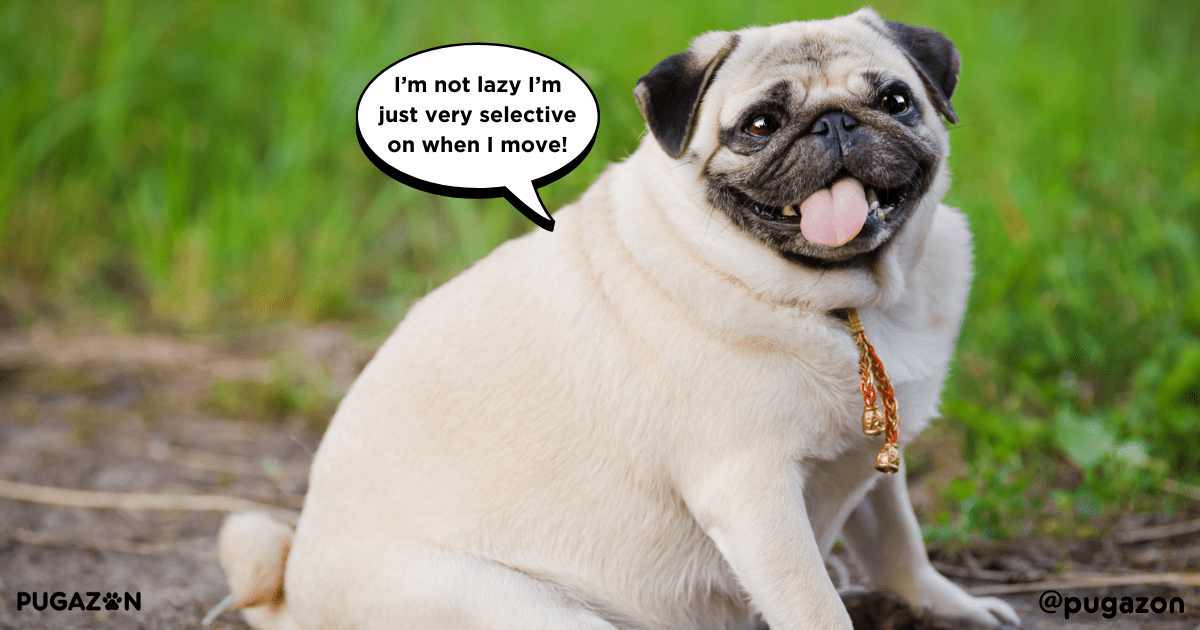
Pugs are known for their lovable but stubborn nature, which can make training challenging at times. However, with the right approach and consistency, you can overcome their stubbornness and achieve effective results in training.
Recognizing Stubborn Behavior
Stubborn behavior in pugs often manifests as resistance to commands or reluctance to follow through on tasks, especially if they don’t see an immediate reward. This behavior is not due to a lack of intelligence but rather a preference for doing things on their own terms.
- Tip: If your pug seems uninterested in following commands, it’s often because they aren’t motivated. Adjust your training to make it more engaging by using high-value rewards.
Using Positive Reinforcement to Overcome Stubbornness
Positive reinforcement is crucial for motivating a stubborn pug. Use their favorite treats or toys as rewards to encourage them to follow commands. The key is to make the training process enjoyable for your pug so that they associate good behavior with positive outcomes.
- Step 1: Identify a high-value reward that your pug loves, such as a special treat or toy.
- Step 2: Use the reward every time your pug successfully follows a command.
- Step 3: Gradually reduce the frequency of rewards as your pug begins to follow commands more consistently.
Keeping Training Sessions Short and Fun
Pugs have relatively short attention spans, so long training sessions can lead to boredom and frustration. To keep your pug engaged, keep sessions to about 10-15 minutes and mix in playtime or breaks to make it more enjoyable.
- Tip: Incorporate games into training to make learning fun. For example, you can practice recall commands during a game of fetch or use toys to encourage your pug to follow commands.
Consistency is Key
Consistency is one of the most important factors in overcoming stubborn behavior. Stick to a regular training schedule, and ensure that all family members are using the same commands and techniques.
- Tip: Avoid confusing your pug by using different commands for the same behavior. Ensure that everyone in the household is on the same page regarding training.
Stubbornness Cause | Solution |
Lack of motivation | Use high-value rewards for positive reinforcement. |
Boredom or frustration | Keep training sessions short and fun. |
Inconsistent commands | Be consistent with training and commands. |
Always Stay Up to Date
Training Pugs to Reduce Aggression or Reactivity
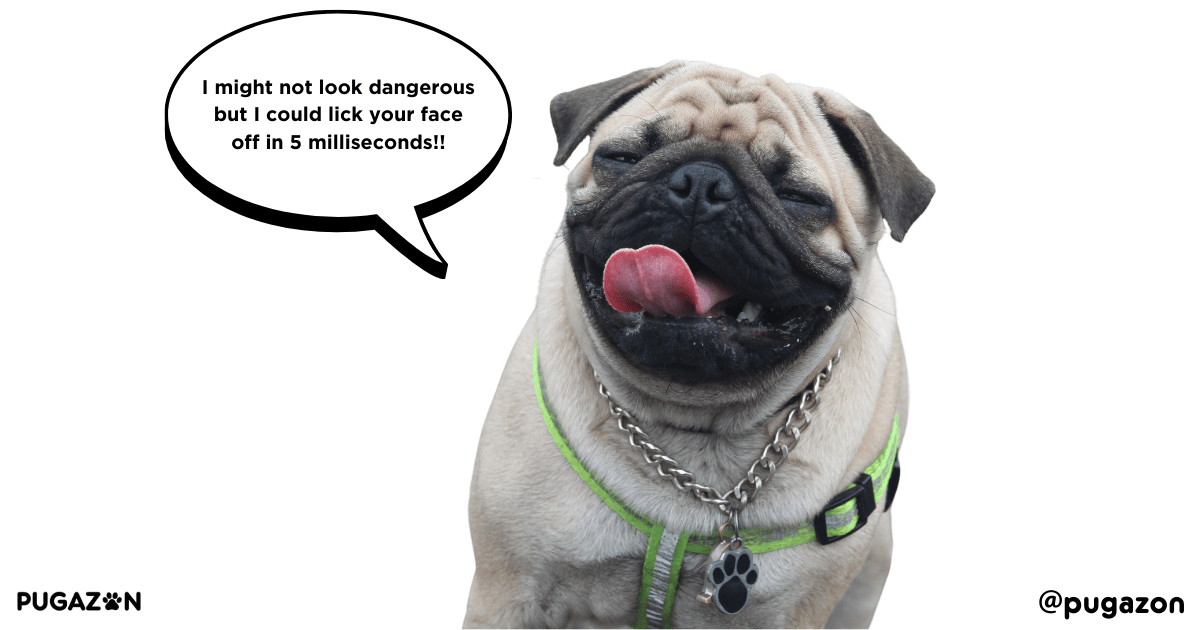
While pugs are generally friendly and sociable, some may exhibit aggression or reactivity when they feel threatened or anxious. Addressing these behaviors early is important for ensuring that your pug remains calm and well-behaved in various situations.
Identifying the Causes of Aggression
Aggression in pugs can stem from fear, territorial instincts, or even frustration. It’s important to identify the root cause before addressing the behavior.
- Tip: Pay attention to your pug’s body language when they exhibit aggressive behavior. Are they growling at strangers, other dogs, or during certain situations? Knowing the trigger will help you target the issue directly.
Socialization and Exposure
One of the best ways to reduce aggression is through socialization. Gradually exposing your pug to new people, animals, and environments will help them become more comfortable and less reactive over time.
- Step 1: Start by introducing your pug to new environments in a controlled setting, such as meeting new dogs in a neutral space like a park.
- Step 2: Gradually increase exposure to different people, dogs, and situations while using positive reinforcement to reward calm behavior.
Using Desensitization and Counter-Conditioning
Desensitization involves gradually exposing your pug to their trigger (such as another dog) from a distance, while counter-conditioning teaches them to associate the trigger with a positive outcome, like a treat or praise.
Tip: For example, if your pug is aggressive toward other dogs, start by standing at a distance where your pug remains calm. Reward them for staying calm, then slowly decrease the distance over time.
Avoiding Punishment
Punishing aggressive behavior can actually make it worse, as your pug may become more fearful or anxious. Instead, focus on reinforcing positive behavior and using calm, gentle methods to address aggression.
Aggression Trigger | Solution |
Fear or anxiety | Use desensitization and positive reinforcement. |
Lack of socialization | Gradually introduce new people and dogs. |
Territorial behavior | Use counter-conditioning to change associations. |
Managing Pug Hyperactivity or Over-Excitement
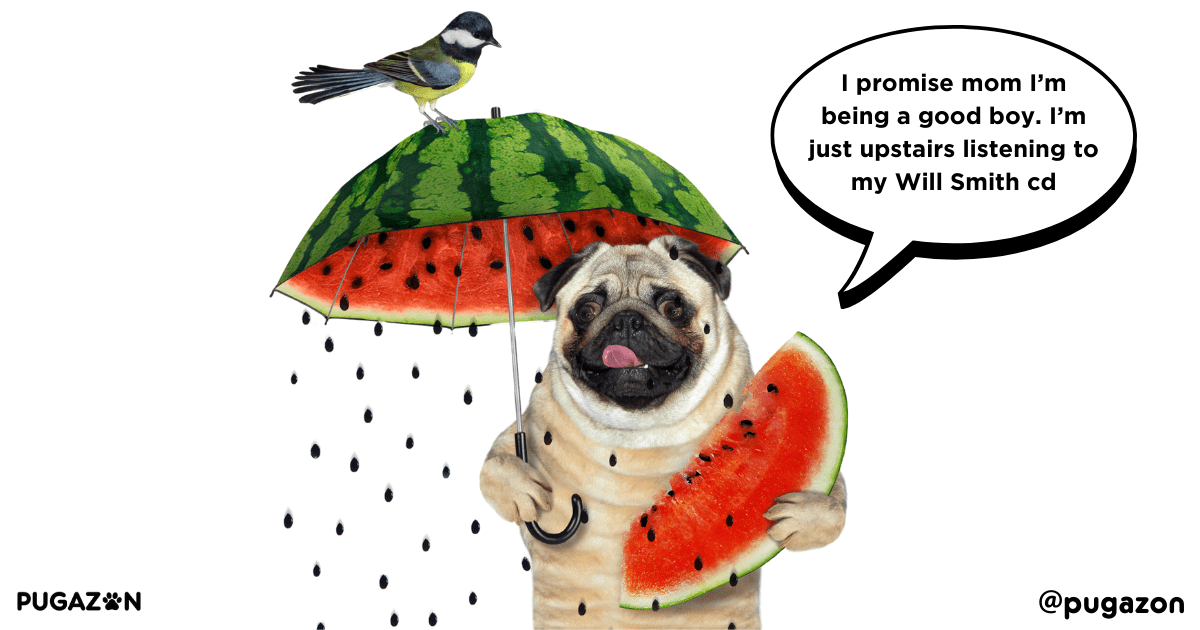
Pugs are naturally energetic and excitable, especially when they’re young. While their enthusiasm can be endearing, it can also lead to hyperactive behaviors, such as jumping on guests or becoming overly excited during play. Managing this hyperactivity is important for creating a calmer, more balanced pug.
Recognizing Hyperactive Behavior in Pugs
Hyperactivity in pugs often manifests as excessive running around, jumping, or becoming overly excitable during interactions. While it’s normal for pugs to have bursts of energy, persistent hyperactivity can indicate a need for more structured activity and mental stimulation.
- Tip: Monitor your pug’s energy levels throughout the day. If they seem restless or are engaging in hyperactive behaviors frequently, it may be time to adjust their routine to provide more outlets for their energy.
et or a park your pug has been to before. Pugs are easily distracted by new environments, so allowing them to practice in a space they know can help them focus on the task at hand.
- Tip: Bring a portable pee pad or use a designated area in the park to reinforce where you want your pug to go. Over time, your pug will understand that bathroom breaks happen outside regardless of location.
Providing Adequate Physical Exercise
One of the best ways to manage hyperactivity is by ensuring that your pug gets enough physical exercise. Daily walks, playtime, and short bursts of activity can help your pug burn off excess energy and remain calmer throughout the day.
- Tip: Aim for at least two short walks a day, combined with active play sessions. Use toys, like a ball or a tug toy, to engage your pug in activities that allow them to expend energy in a healthy way.
Mental Stimulation for a Balanced Pug
In addition to physical exercise, pugs need mental stimulation to keep their minds engaged. Without enough mental stimulation, your pug may become bored, leading to hyperactive behaviors.
- Tip: Incorporate puzzle toys, interactive feeders, or training games into your pug’s routine to provide mental challenges. These activities will help tire out your pug mentally and prevent over-excitement.
Using Commands to Calm Over-Excited Behavior
Training your pug to respond to calming commands, such as “sit” or “stay,” can help manage their excitement when guests arrive or during playtime. Teaching these commands early on can prevent hyperactivity from escalating into unwanted behaviors.
- Step 1: Use the “sit” command when your pug becomes too excitable during interactions. Reward them with a treat once they calm down.
- Step 2: Practice the “stay” command during moments of excitement to teach your pug patience.
Hyperactivity Cause | Solution |
Lack of physical exercise | Increase daily walks and active playtime. |
Boredom or lack of stimulation | Provide puzzle toys and mental challenges. |
Over-excitement around guests | Use commands like “sit” and “stay” to calm them. |
Pug Behavior Training for Socialization

Socialization is crucial for helping your pug become a well-rounded, confident dog. Whether they’re interacting with other dogs, meeting new people, or encountering new environments, proper socialization reduces anxiety and helps prevent behavioral issues like aggression or fear.
Starting Socialization Early
The best time to begin socializing your pug is during puppyhood. Early exposure to various stimuli helps prevent fear or reactivity later in life. However, it’s never too late to start socializing an adult pug.
- Tip: Introduce your pug to different people, dogs, and environments in a calm, controlled manner. Start with quiet areas and gradually expose them to busier environments as they become more comfortable.
Introducing Pugs to Other Dogs
Meeting other dogs is an important part of socialization. Some pugs may be shy or nervous around new dogs, while others may become overly excited. It’s important to teach your pug how to approach other dogs calmly and confidently.
- Step 1: Start by allowing your pug to observe other dogs from a distance. Gradually decrease the distance as your pug becomes more comfortable.
- Step 2: Reward your pug with treats or praise for calm behavior during introductions.
Meeting New People
Pugs are generally friendly, but they can sometimes be wary of strangers. Introducing your pug to new people should be done slowly, ensuring that they feel safe and relaxed during the process.
- Tip: Have guests offer treats to your pug when they first arrive. This helps create a positive association with meeting new people and reduces anxiety.
Overcoming Fearful Behavior
If your pug exhibits fearful behavior during socialization, it’s important to address it gently. Forcing interactions can make the fear worse, so use desensitization techniques to gradually build your pug’s confidence.
- Tip: Start by exposing your pug to the feared stimulus from a distance. Reward calm behavior, then slowly decrease the distance over time.
Socialization Situation | Solution |
Meeting new dogs | Gradually decrease the distance and reward calm behavior. |
Meeting new people | Use treats to create positive associations. |
Fearful behavior during socialization | Use desensitization techniques to build confidence. |
Pug Behavior Training for Multi-Pet Households
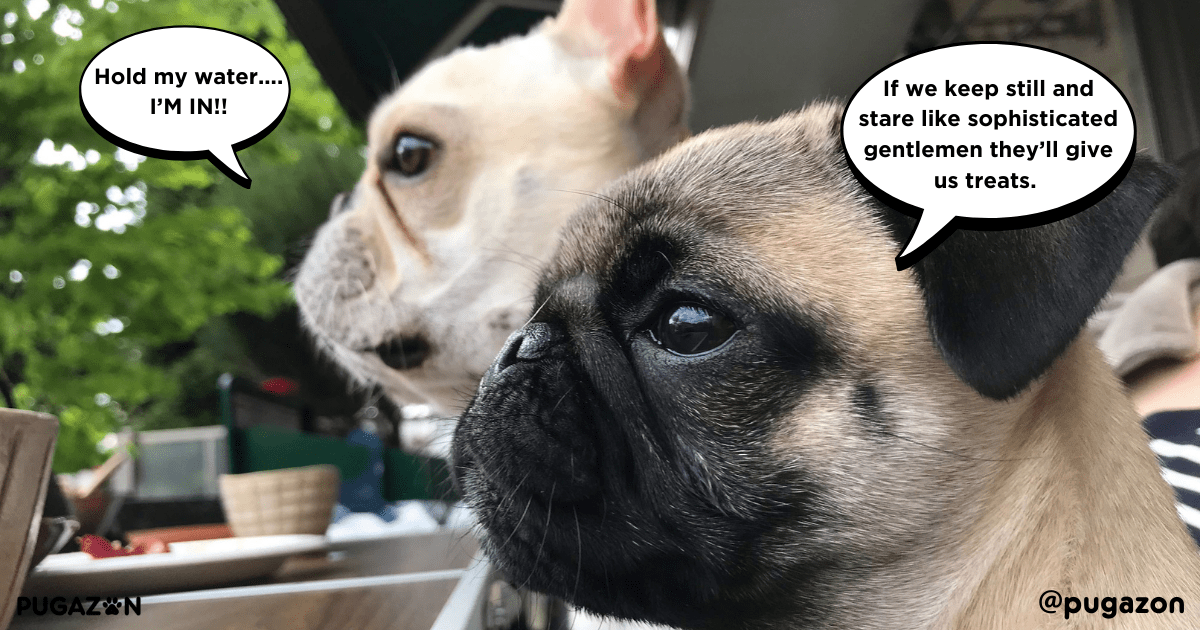
If you live in a multi-pet household, ensuring that your pug coexists peacefully with other pets is crucial. Pugs can sometimes display behaviors such as jealousy or resource guarding, especially when sharing space with other dogs or cats.
Introducing Pugs to New Pets
The introduction process is critical for establishing a peaceful dynamic between your pug and other pets. Whether you’re introducing your pug to another dog, cat, or smaller pet, doing so gradually and carefully will help reduce tension.
- Step 1: Start by allowing the animals to observe each other from a distance. Use leashes or barriers to maintain control during the initial introduction.
- Step 2: Allow short, supervised interactions, rewarding calm behavior from both your pug and the other pet.
Managing Resource Guarding
Some pugs may exhibit resource guarding, which involves protecting their food, toys, or space from other pets. It’s important to address this behavior early on to prevent conflicts.
- Tip: Practice giving your pug high-value treats while another pet is nearby. Reward your pug for remaining calm and sharing space with the other pet.
Ensuring Equal Attention and Care
Pugs are known for being highly affectionate and may become jealous if they feel they aren’t receiving enough attention. In a multi-pet household, it’s important to ensure that your pug gets plenty of individual attention to prevent jealousy.
- Tip: Set aside dedicated one-on-one time for your pug each day, even if you have other pets. This helps them feel secure and reduces competition for attention.
Multi-Pet Situation | Solution |
Introducing pugs to new pets | Use leashes or barriers for initial introductions. |
Resource guarding | Practice calm behavior with high-value rewards. |
Jealousy or attention-seeking | Set aside individual time for your pug daily. |
Always Stay Up to Date
Using Positive Reinforcement to Modify Behavior
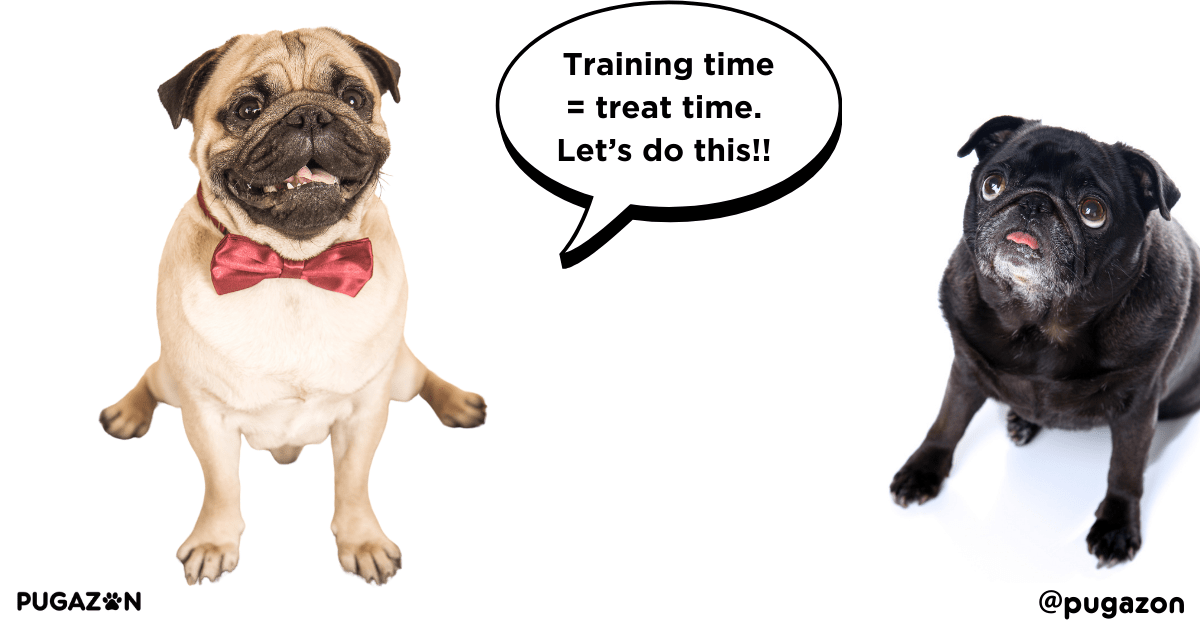
Positive reinforcement is one of the most effective techniques for modifying your pug’s behavior. By rewarding desirable behaviors with treats, praise, or toys, you encourage your pug to repeat those behaviors. This method is especially important for pugs, who respond well to rewards and positive attention.
The Basics of Positive Reinforcement
Positive reinforcement involves rewarding your pug the moment they perform the desired behavior. Whether it’s sitting on command, staying calm around other dogs, or stopping barking when told, immediate rewards help your pug understand which behaviors are encouraged.
- Tip: Always use rewards that your pug values highly, such as favorite treats or a beloved toy. Timing is crucial—reward your pug immediately after the correct behavior.
Reinforcing Calm Behavior
One of the most valuable applications of positive reinforcement is teaching your pug to remain calm in various situations, such as when guests arrive or when they meet other dogs. By reinforcing calm behavior with rewards, you can help your pug stay relaxed and composed.
- Step 1: Observe when your pug remains calm in a potentially excitable situation, such as a new person entering the house.
- Step 2: Immediately reward the calm behavior with treats and praise.
- Step 3: Continue rewarding calmness over time until your pug consistently remains calm in these situations.
Redirecting Bad Behavior
If your pug is engaging in unwanted behavior, such as barking or jumping, use positive reinforcement to redirect their focus. For example, if your pug is barking excessively, teach them the “quiet” command and reward them as soon as they stop barking.
- Tip: Always reward the alternative behavior that you want to encourage, rather than focusing on punishing the bad behavior.
Building Long-Term Good Habits
The goal of positive reinforcement is to build long-term good habits. By consistently rewarding your pug for good behavior, you can eventually phase out treats and rely on praise and affection as rewards. This ensures your pug continues to behave well even without constant rewards.
Behavior | How to Modify Using Positive Reinforcement |
Excessive Barking | Use the “quiet” command and reward silence. |
Jumping on Guests | Reward your pug for sitting calmly instead. |
Stubbornness in Commands | Reward each small step toward completing a command. |
Common Mistakes in Pug Behavior Training
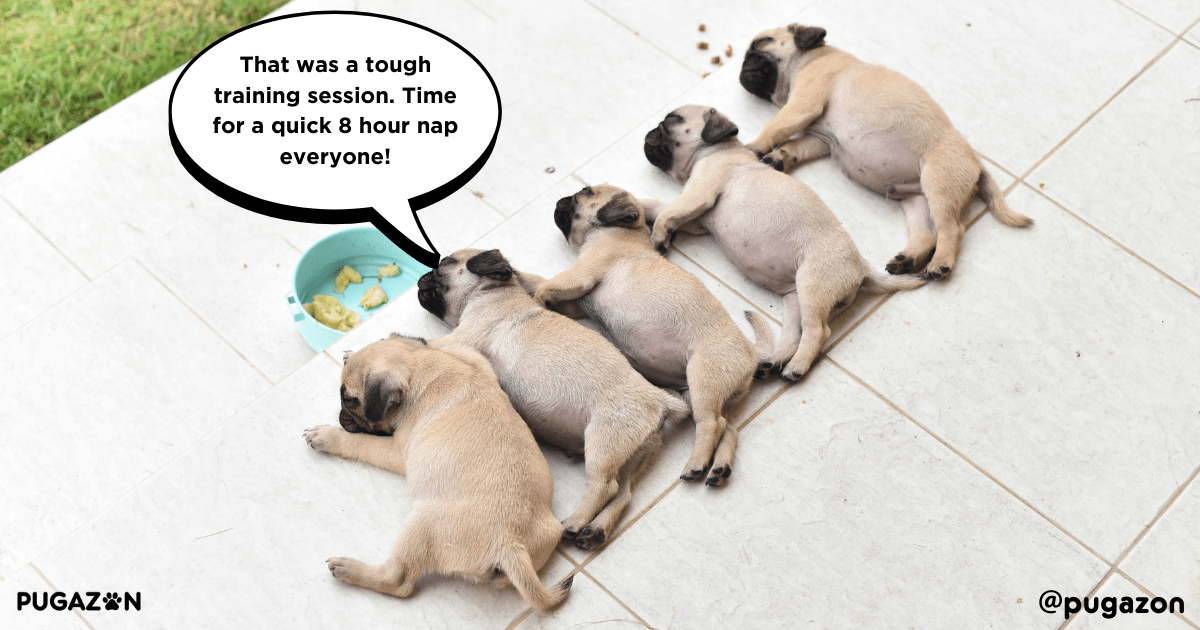
Even with the best intentions, pug owners can make common mistakes during behavior training that hinder their progress. Recognizing and avoiding these mistakes is crucial for effective training and long-term behavior modification.
Inconsistent Commands
One of the most common mistakes is using different commands for the same behavior, which confuses your pug. For example, using both “down” and “lie down” interchangeably can make it harder for your pug to understand what you want.
- Solution: Stick to one-word commands and ensure that all family members use the same terms consistently. This clarity will help your pug learn more quickly.
Punishing Bad Behavior
Punishing bad behavior can lead to fear and anxiety in pugs, which may worsen the issue. Pugs respond much better to positive reinforcement than punishment, and using punishment can break their trust in you.
- Solution: Focus on reinforcing good behavior rather than punishing bad behavior. If your pug misbehaves, redirect them to an appropriate activity and reward them when they comply.
Lack of Patience
Training takes time, and expecting immediate results can lead to frustration. Pugs, in particular, may take longer to respond to certain commands, especially if they’re feeling stubborn.
- Solution: Be patient and consistent. Keep training sessions short (10-15 minutes) and reward small successes along the way. Patience is key to long-term success.
Overfeeding Treats
While treats are a great way to reinforce positive behavior, overfeeding can lead to weight gain, which is a common problem in pugs. Additionally, if treats are given too freely, they may lose their value as rewards.
- Solution: Use small, healthy treats during training sessions and adjust your pug’s daily food intake accordingly. Once a behavior is established, start reducing the frequency of treats and rely more on praise.
Training Mistake | Solution |
Inconsistent Commands | Use the same commands consistently. |
Punishing Bad Behavior | Focus on positive reinforcement instead. |
Lack of Patience | Keep sessions short and celebrate small wins. |
Overfeeding Treats | Use small treats and balance their diet. |
The Long-Term Benefits of Pug Behavior Training
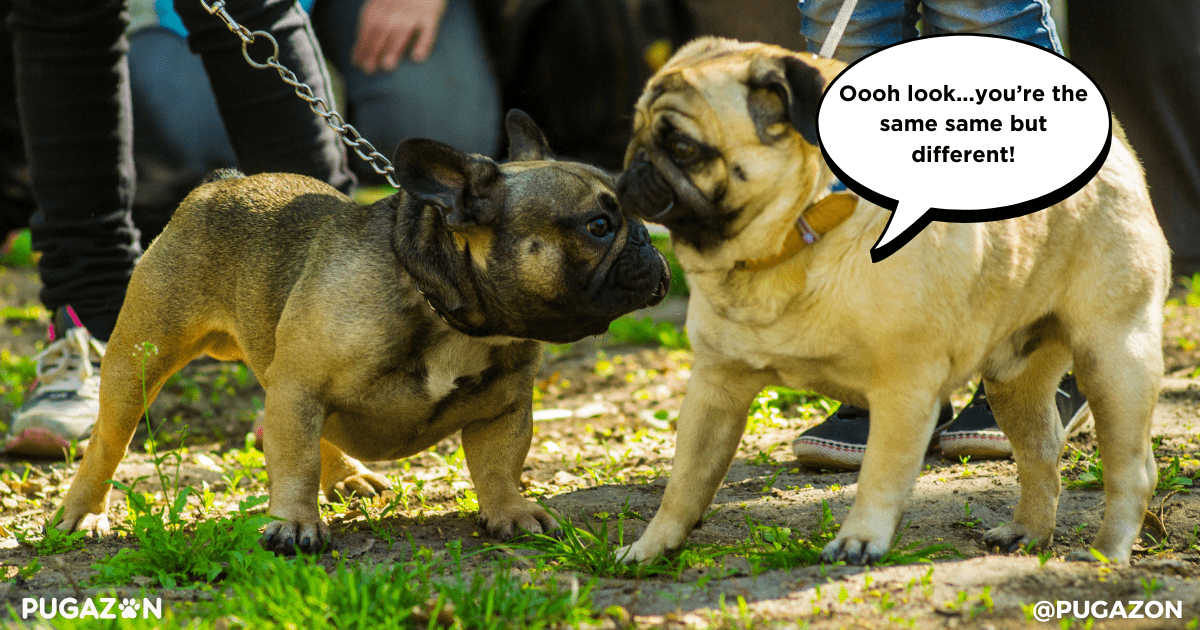
Investing time in behavior training your pug has numerous long-term benefits, from improving their overall happiness to creating a more peaceful home environment. Behavior training not only addresses immediate issues but also prevents future problems from arising.
A Happier, Well-Adjusted Pug
Pugs that receive consistent behavior training are generally happier and more confident. By addressing anxiety, aggression, or stubbornness early on, you create an environment where your pug feels secure and knows what is expected of them.
- Tip: Regular behavior training also strengthens the bond between you and your pug. Pugs thrive on attention and structure, and training provides them with both.
Better Socialization with Other Pets and People
Socialization is a key component of behavior training, and it pays off in the long term. Well-socialized pugs are less likely to exhibit aggressive or fearful behavior around other animals or strangers.
- Tip: Continue to expose your pug to new people, pets, and environments throughout their life to maintain their social skills.
Preventing Future Behavioral Issues
Behavioral issues like barking, aggression, or resource guarding often escalate if left unaddressed. Long-term behavior training helps prevent these issues from becoming major problems, ensuring your pug remains well-behaved as they age.
- Tip: Reinforce good behaviors regularly, even after your pug has learned them, to prevent regression.
Easier Management in Daily Life
A well-trained pug is easier to manage in everyday life, whether you’re taking them for a walk, bringing them to the vet, or having guests over. They’re less likely to become stressed or act out in unfamiliar situations.
- Tip: Continue practicing commands like “sit” and “stay” in different settings to ensure your pug responds well, even in challenging environments.
Long-Term Benefit | Why It Matters |
Happier, well-adjusted pug | Creates a calm, confident, and secure pet. |
Better socialization | Reduces anxiety and aggression in new situations. |
Prevention of future issues | Helps avoid long-term behavioral problems. |
Easier daily management | Makes outings, vet visits, and guests less stressful. |
FAQs About Pug Behavior Training
Pugs are naturally independent and can be stubborn, especially when they don’t see an immediate reward for their efforts. This behavior is common in the breed, but using positive reinforcement and keeping training sessions short and fun can help overcome this stubbornness.
Excessive barking can be addressed by identifying the root cause—whether it’s excitement, anxiety, or boredom. Teaching the “quiet” command and redirecting their attention to toys or other activities can help curb excessive barking.
Absolutely! While it may take more patience to train an older pug compared to a puppy, behavior training can be effective at any age. Focus on one command at a time and use consistent, reward-based techniques to modify their behavior.
Aggression toward other dogs may stem from fear, a lack of socialization, or territorial instincts. Gradually introducing your pug to other dogs and using positive reinforcement for calm behavior can help reduce aggression.
Separation anxiety can be managed by desensitizing your pug to your departures. Start by leaving them alone for short periods and gradually increase the time. Provide toys or puzzle feeders to keep them occupied when you’re away.
Yes, pugs can be trained to stop jumping on guests by teaching them the “sit” or “stay” command when people arrive. Rewarding calm behavior and ignoring the jumping will reinforce good manners.
Start by introducing your pug to other dogs in a neutral, calm environment, such as a park. Keep the initial interactions short and positive, rewarding your pug for calm behavior. Over time, increase the exposure and duration of social interactions.
To calm a hyperactive pug, ensure they are getting enough physical and mental exercise. Use commands like “sit” or “stay” to control over-excited behavior, and provide mental stimulation with puzzle toys or training games.
If you’re struggling with more severe behavior issues, such as aggression or extreme anxiety, hiring a professional dog trainer can be very beneficial. A trainer can provide tailored solutions and address issues more effectively.
Yes, tools like potty bells or potty training sprays can be very helpful in teaching your pug when and where to go. Bells help them signal when they need to go outside, while sprays can attract them to the right spot indoors or outdoors.





